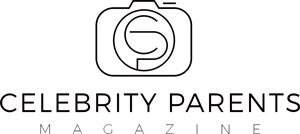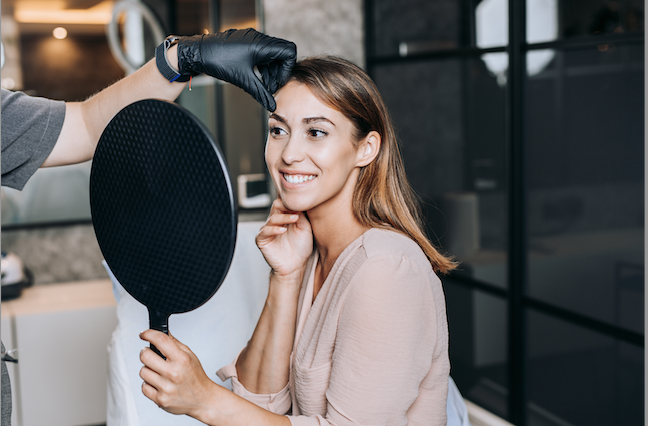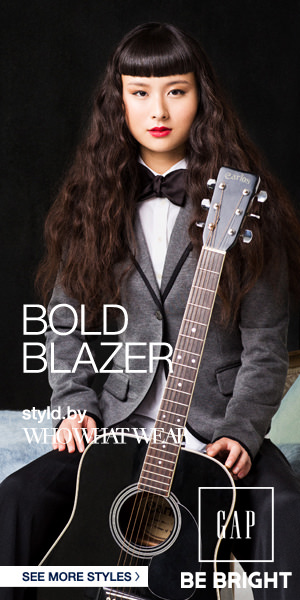From bushy to bare, plucked to painted on, not all eyebrows are created equal. So from waxing and threading, to tweezing and removing, here are your best options for beautiful brows.
Your eyebrows are one of your face’s best accessories. But before you heat up the wax or take out your tweezers, you need to have a clear understanding of what your eyebrows do (and yes, they do serve a purpose.) “The brow is meant to help define the face and frame the eyes,” says Rich Monaco II, owner of Studio Brow Inc. in Trumbull. “But remember: the first thing anyone should know about eyebrow shaping is that your brows are sisters, not twins!” Therefore, when you’re about to strip stray hairs from around your eyebrows, it’s always best—and most natural—to follow the natural arch of each eyebrow. And take into consideration the shape of your face and your features, too, as they can help dictate the shape your eyebrow should be.
This Is Why You Need To Be Careful About Eyebrow Care
Contrary to popular belief, the skin around the eyes (including the eyebrow) is some of the most delicate skin on your entire body. The skin above the brow bone is slightly stronger than that below the eyebrow, but both areas need to be treated delicately before using any hair removal method, says Marria Pooya, Managing Partner at The Greenwich Medical Skincare & Laser Spa.
If your eyebrows are full and lush, you should consult an aesthetician to ensure proper shaping. “Eye brow shaping is not as simple as one-two-three,” says Monaco. “It’s a lot more complex and requires more precision than most people think—or can do on their own.” Studio Brow’s “browstar technicians” analyze a person’s face in order to determine the best way to define the eyebrows so that they are most flattering to the client. The idea is to make the brows match, even if that might mean tweezing more from one eyebrow than another.
This Is What You Need To Know About Waxing Your Eyebrows
Once you’re in the aesthetician’s chair, you can tame your unruly brows by either waxing, tweezing or threading. Once the top method for hair removal, waxing’s popularity has waned slightly in recent years for several reasons. “If you have the tendency to get ingrown hairs, then you should not wax,” says Pooya. Not only can waxing unnecessarily stretch and pull the skin (which can increase your chance for wrinkles), it can also remove the top delicate layers of skin, too. “If a waxing technician pulls the wax strip off incorrectly it may cause minor skin irritation,” says Monaco. People taking certain medications and products that can thin the skin shouldn’t wax, nor should clients with certain skin sensitivities. Waxing has also been known to cause clients’ skin to break out—or worse, be burned by inept technicians. But for all its faults, waxing is still an often-utilized method for its one major benefit: speed. “You can remove a larger amount of hair in a quicker amount of time,” says Monaco. “For that reason alone, many people like it.”
Here’s How Threading Can Help Your Eyebrows
Today, threading is one of the most sought-after methods for removing facial hair, especially eyebrows. While it’s still a fairly new treatment in Western culture, threading dates back centuries. It is touted as being one of the best ways to remove hair safely…and painlessly. “Threading is much gentler in lifting the hair follicle directly from the root without the use of any chemicals, sharp metal instruments or unnecessary tugging on delicate skin!” says Pooya. Its precision allows aestheticians to have greater control over individual hairs, which results in a better brow shape. “There are so many benefits to threading, including lack of redness and no chance of skin removal,” says Monaco. And since there are no artificial waxes or harsh chemicals used in threading, it’s considered 100% natural.
This Is What Happens When You Tweeze Your Eyebrows Too Much
Tweezing your eyebrows is perhaps the most common way to treat eyebrows. It can be done easily at home, and is ideal for removing individual hairs. The downside: It can be painful…and addictive. “People who have over plucked for years will start to notice the hair stops growing back,” says Monaco. “This is a problem for many older women as thin brows were the popular trend when they were young.” Coupled with over plucking, brows and lashes naturally start to thin out as people age, resulting in a brow that’s unnaturally thin. Instead, simply use a tweezer for weekly maintenance, not for reshaping your brows. For customers who prefer plucking their brows, Monaco highly recommends threading since it picks up multiple small straight lines of hair.
And for those who were overzealous with the tweezers and are now bare-browed (literally!), a brow pencil or powder is a good choice for filler. In addition, clients can get brow tinting, which is a specially formulated brow color that is applied to the brows. This darkens all the hairs on the brow to make them appear thicker and fuller. “The best solution, though, is to simply let the brows grow out naturally,” says Monaco. This does not mean letting your brows get as bushy as possible and then getting them reshaped. Visit your favorite salon once every two to three weeks to have your brows shaped properly.
Just as eyebrows are as individual as each person, so are the preferences and options for taking care of them. Whether it’s waxing or letting your brows go au natural, find a style that works best for your features so you—and your brows—always look beautiful.



